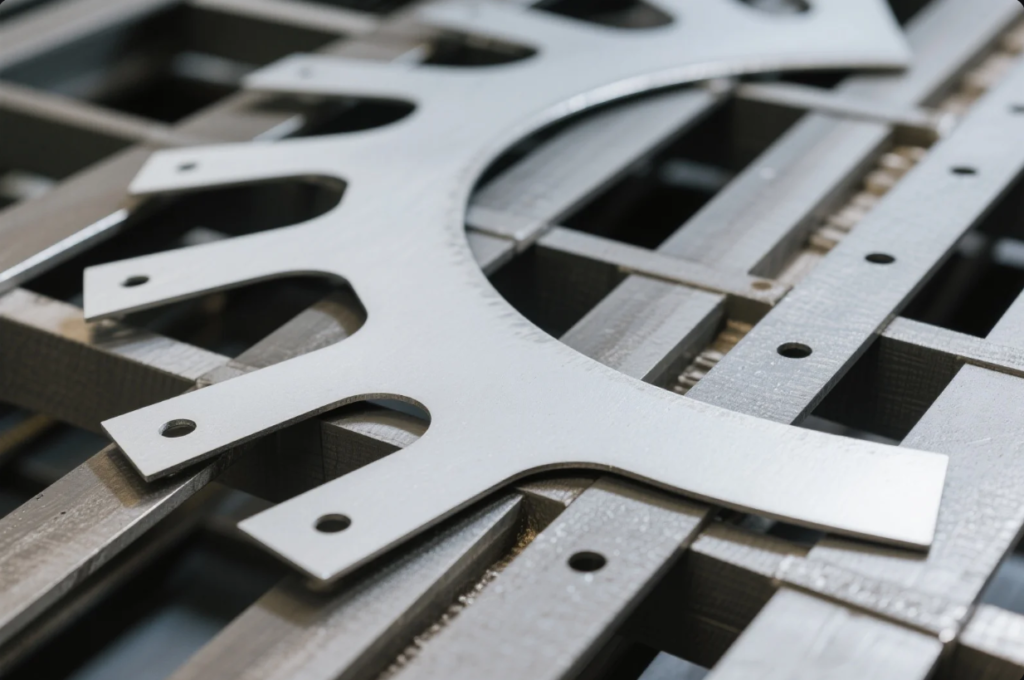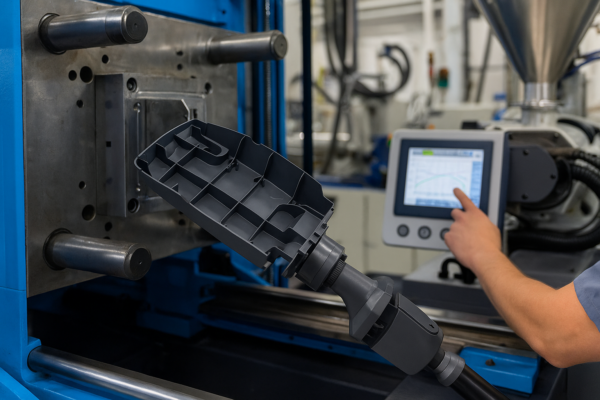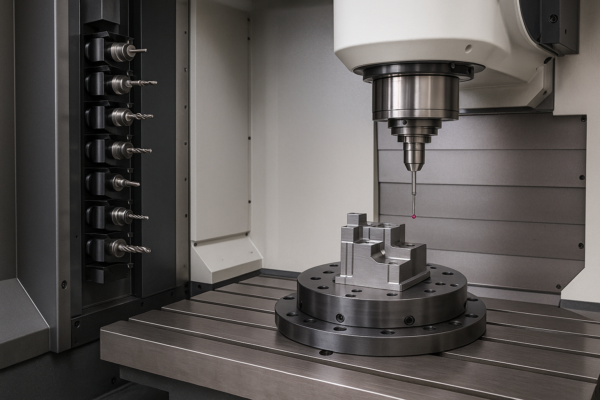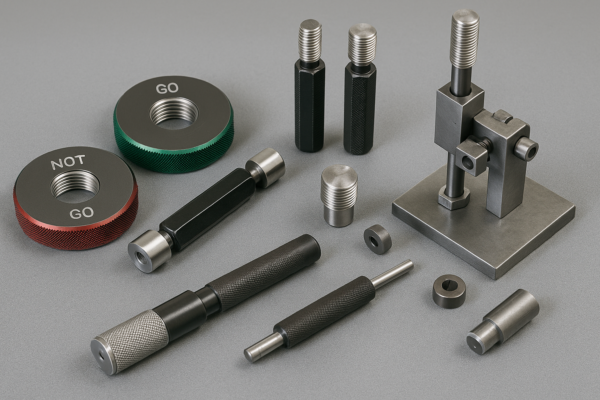Custom Sheet Metal Parts: The Ultimate Guide from Design to Delivery
Introduction: Why Custom Sheet Metal Parts Matter

Delayed custom parts cause missed launches and cost overruns. According to the Manufacturing Institute, over 70% of manufacturers struggle with sourcing reliability.
As a global supplier since 1993, I’ve worked with hundreds of industrial clients. Whether you’re scaling new machinery or prototyping a bracket, understanding each step—from design to delivery—can cut lead time and ensure product quality.
This guide helps you:
- Select the right material
- Set tolerance expectations
- Understand forming processes
- Speed up prototypes
- Avoid communication gaps
How Custom Sheet Metal Parts Meet Industry-Specific Precision Standards

Precision affects assembly, safety, and long-term function. However, many buyers fail to define tolerance in RFQs, risking poor fit.
Why Tolerances Matter
- Automotive: ±0.10 mm
- Aerospace: ±0.05 mm
- Electronics: ±0.20 mm
Defined by ISO 2768, these tolerances reduce risk when matched with the right process.
Read more in Engineering.com’s tolerance guide and The Fabricator.
How We Control It at Prime
| Stage | Tool / Method | Benefit |
|---|---|---|
| Material Check | Digital micrometer | Verifies sheet thickness |
| Laser Cut | ISO 9001-certified CNC lasers | Precise and clean cuts |
| Bending | Servo press brake | ±1° angle tolerance |
| Final Inspection | CMM + digital caliper | Confirms all key dimensions |
See more from ISO 9001 and SAE International.
Choosing Between Steel, Aluminum, and Stainless Steel

Material selection impacts weight, strength, finish, and cost.
Key Differences
| Material | Strength | Weight | Corrosion Resistance | Cost |
|---|---|---|---|---|
| Carbon Steel | High | Heavy | Needs coating | Low |
| Aluminum (6061) | Medium | Light | Naturally resistant | Medium |
| Stainless (304) | High | Heavy | Excellent | High |
Consult databases like Total Materia or ASM International.
Finishing Options
- Steel: Powder coating, zinc plating
- Aluminum: Anodizing
- Stainless: Passivation
See AWS Welding Handbook for joint prep and gas compatibility.
Key Fabrication Processes: Laser Cutting vs. Bending vs. Stamping

Each process suits a different stage of production.
Process Overview
| Process | Use Case | Precision | Setup Cost |
|---|---|---|---|
| Laser Cutting | Prototypes, short run | ±0.05 mm | Low |
| CNC Bending | Frames, panels | ±1° | Medium |
| Metal Stamping | Mass production | ±0.05 mm | High |
Explore more in The Fabricator’s comparison.
Hybrid Strategy
Prototype with laser; scale with stamping.
- Low initial cost
- Flexibility in design changes
- Lower unit cost at volume
See DFM Guidelines to prepare for stamping success.
Tips for Faster Prototyping and On-Time Delivery

Fast delivery requires clear drawings, fast feedback, and tight logistics.
Workflow Steps
- Submit 3D files (.stp, .igs, .dxf) – Autodesk explains why
- Receive quote within 48h
- Prototype in 5–7 days
- Production in 7–10 days
- Shipping in 5–10 days (DHL, FedEx, UPS)
Total: 22–30 days from inquiry to delivery.
Packaging tips: Export packaging for industrial goods
FAQs: Common Questions from Buyers
What formats do you accept?
STEP (.stp), IGES (.igs), DXF
Can I order a sample?
Yes, starting from 10 pcs.
Are you ISO-certified?
Yes, ISO 9001 since 2005. See ISO database.
Do you ship worldwide?
Yes. USA, Europe, Middle East, Asia-Pacific.
Are your finishes RoHS/REACH compliant?
Yes. See RoHS guidelines
What’s the payment method?
T/T, PayPal, L/C (large orders).
Contact Prime: Get Your Free Quote Today
I’m Kevin, and I manage sourcing for clients worldwide. With Prime, you’ll get:
- 48-hour quotes
- ISO-backed quality
- Rapid prototyping
- Worldwide delivery
📩 Email: [email protected]
🌐 Website: https://primecustomparts.com/
Let’s get your next project manufactured—accurately and on time.







